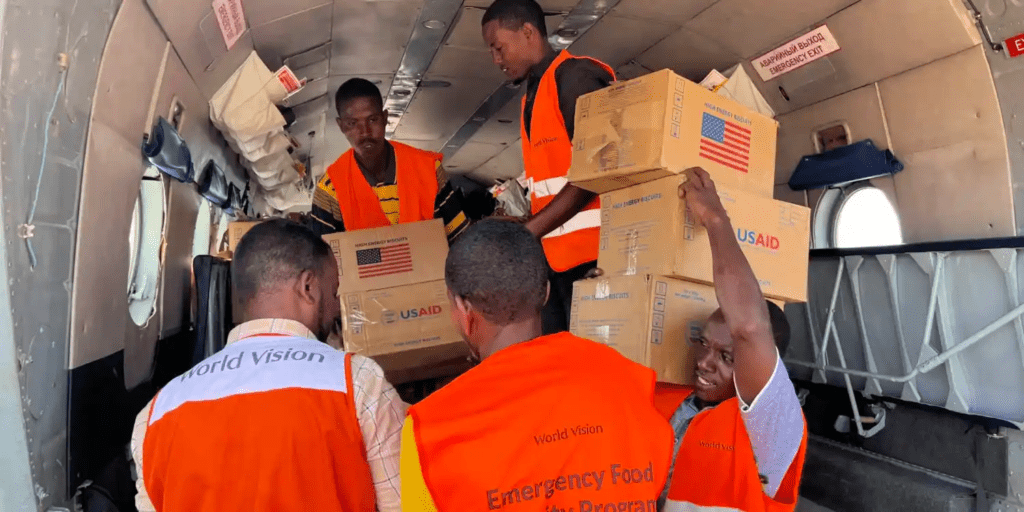Kenya is staring at a looming shortage of condoms following a funding freeze on United States Agency for International Development (USAID) programs by U.S. President Donald Trump.
The country has heavily depended on USAID for the free condom distribution initiative, which assists several nations in developing strategies to boost condom accessibility and usage.
USAID finances the provision of male and female condoms, along with lubricants, for non-focus U.S. President’s Emergency Plan for AIDS Relief (PEPFAR) countries, including Kenya. These commodities are distributed at no cost, allowing governments to make them available for free or at subsidized prices to vulnerable populations.
Three weeks after the USAID funding halt, the impact is becoming evident. The International Condom Day, observed annually on February 13, lacked the usual large-scale condom distribution across several Kenyan counties.
Counties with high HIV prevalence have reported that their current stock of condoms could last only six months if managed efficiently.
The concern comes as data from the National Aids Control Council (NACC) indicated that Kenyans used approximately 17,000 condoms daily in 2023.
Former Health Cabinet Secretary Susan Nakhumicha, while presenting budget estimates for the 2024-25 financial year to the Departmental Committee on Health, disclosed that NACC had distributed 3,157,900 condoms in non-health settings within six months. However, this figure does not account for condoms sold by private entities.
In response to the looming shortage, stakeholders are pushing for a shift towards a total market approach. This strategy encourages middle- and upper-income Kenyans to purchase condoms at a subsidized rate, thereby easing pressure on the free distribution program.
USAID has previously implemented this approach, which incorporates three key elements: free condoms provided by the public sector, subsidized condoms through social marketing, and regular-priced condoms sold by private enterprises. This model is designed to enhance sustainability by reducing reliance on donor funding and increasing national ownership of condom distribution programs.
“We are advocating for a total market approach where budgeting for condoms is treated like budgeting for other essentials,” said National Syndemic Disease Control Council (NSDCC) Director Dr. Stephen Ndolo.
Migori County Health CEC Caleb Opondi echoed these concerns, stating, “Heavy taxation on condoms has made it difficult for us, so we still appeal to our partners to address the intermittent supply issue.”
NSDCC had previously advocated for the use of low-cost condoms to mitigate the impact of declining donor support. According to CEO Dr. Ruth Laibon-Masha, the total market approach has proven successful in Nigeria, where socially marketed condoms account for 60% of the market compared to just 14% in Kenya.
A survey found that 70% of condom users in Kenya and Nigeria were willing to purchase condoms if free options were unavailable. Despite this, condom use in Kenya remains relatively low, with only 14.6 condoms used per man per year.
Correct and consistent condom use offers up to 95% protection against HIV, other sexually transmitted infections (STIs), and unintended pregnancies. With the USAID freeze posing a significant challenge, experts stress the need for sustainable solutions to maintain access to this essential protective measure.







![SHA Suspends Dozens of Health Facilities Over Alleged Fraud [LIST]](https://citymirror.ke/wp-content/uploads/2024/12/image-14-218x150.png)
